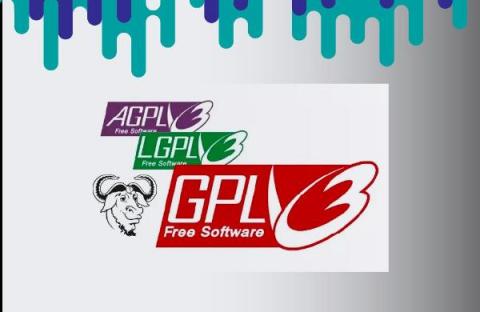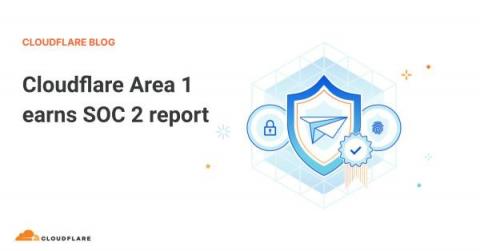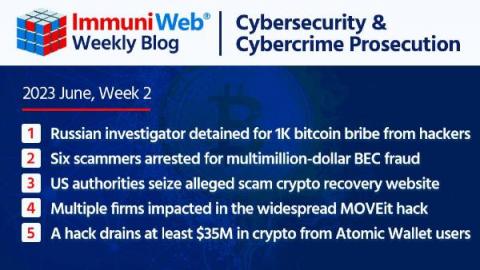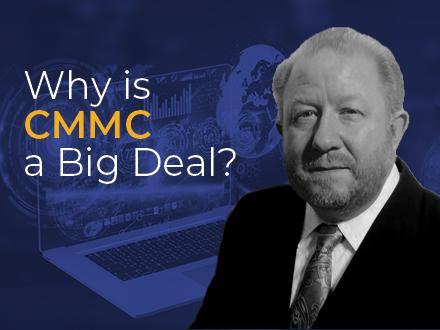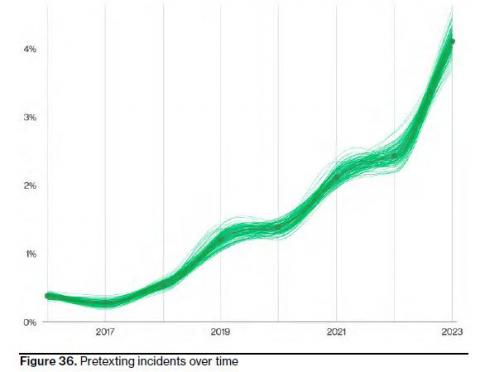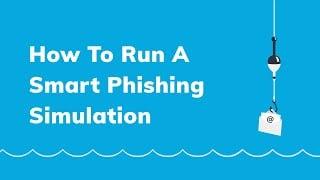Using social media as a tool to share knowledge on day-to-day Cybersecurity risks
When most people think about social media and cybersecurity, they typically think about hackers taking over Instagram accounts or Facebook Messenger scammers taking private information. It’s for good reason that this is top-of-mind. The Identity Theft Resource Center’s 2022 Consumer Impact Report revealed that social media account takeovers have grown by 1,000% in one year.




